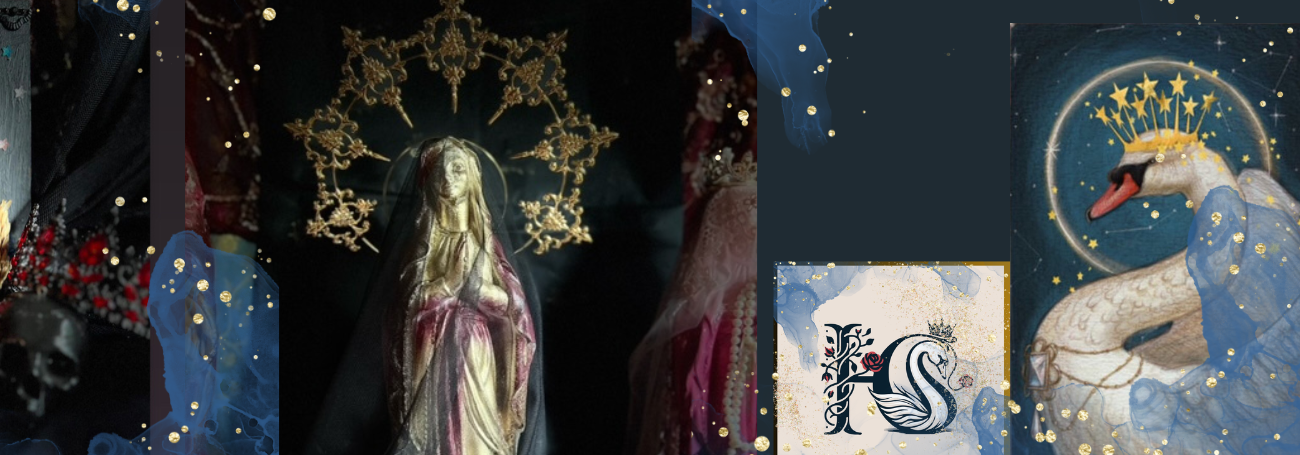You and your ordinary life is sacred and it contains
everything that you have been searching for.
All the sages and mystics over time have always pointed this out with stories
and poetry. But very few ever believe them.
Often one seeks the sacred and the glorious in places other than
the present, ordinary humdrum of daily living.
Often the seeking is driven by a longing to escape the humdrum
of ordinary living; or one seeks in order to prevent disaster
from striking again or to prevent the feelings of loss, betrayal, humiliation and
death.
But the truth of the matter is that discomfort, unhappiness, boredom, death,
dying, pain, cruelty, injustice and more is an intrinsic part of life.
The so-called spiritual life does not exempt you from this. Enlightenment
does not mean that you no longer feel the pain of the world. It is probably
true to say that that the less self-centred you are,
the less self-absorbed and the less occupied with
your own self , the greater the sensitivity, the greater
the empathy and the deeper you feel the pain in the broken heart of the Mother.
But then it is also true that he deeper and more intense you feel,
the greater the call to add to the world in some way or another;
not for glory and fame, nor power and money,
but to add beauty and wisdom in some form to this world.
And herein lies the crux of the matter.
As the selfish heart is crucified, it flowers with Love and Mercy.

Once again quoting Thomas Merton : It is precisely anguish and
inner crises that compel us to seek the truth, because it is
these things that make clear to us that we are sunk in the hell of our
own untruth.
Moments of absolute bliss and joy are the golden children of a sacred marriage. When the heart truly
feels, the heavens open.
When the flesh and Spirit meet, a transformation takes place
and the profane is no longer ordinary, but sublime!
The sacred and the profane affect one another – the two circles intersect – two worlds meet
and join
or sometimes shown as the triple
and we see the
mendorla of the Mother

The world is the very ground for our experience of the sacred.
But in order for the ordinary to become luminous and to have
meaning, we have to infuse it with meaning.
Thomas Merton writes about the loss of symbolism as follows :
All classic shapes have vanished
from alien heavens
where there are no fabled beasts
no friendly histories
and passion has no heraldry
I have nothing to translate
into the figures of night
or the pale geometry
of the fire-birds
If I once had a wagon of lights to ride in
the axle is broken
the horses are shot
As we spiral inwards into ourselves, to find the Immanent God, we
simultaneously spiral outwards to meet the Divine in the world. As we
clean the glass that is darkly veiled with the ideas of being an individual,
focusing only on me, myself and my own suffering,
believing ourselves to be unconnected to everyone and everything else,
the seed is watered and fed and we grow into that
tree that gives shelter and food to an entire village.
In order to find the sacred in the ordinary, to spiral inwards
to meet the immanent Self, two seemingly separate and opposing
worlds have to collide in order to meet
In order to enter into the Nothingness within,
a death has to be embraced as the egocentric life
dies in the Void
As we strip the layers and layers of self-absorption
and self-delusion
and we come alive to the ordinary, the small profane
acts of living and ordinary life
as we become poor in spirit,
and humble in mind,
we meet the Sacred in the Ordinary.
And here, from this place,
your every act is an act of devotion and worship
here you live your passion
without expectation of an appreciative audience,
you sing your song for nobody.
Let my every word be a prayer to Thee
Every movement of my hands a ritual gesture to Thee
Every step I take a circumambulation of Thy image
Every morsel I eat a rite of sacrifice to Thee
Every time I lay down a prostration at Thy feet;
Every act of personal pleasure and all else that I do,
Let it all be a form of worshipping Thee.
From verse 27 of Shri Aadi Shankara’s Saundaryalahari
